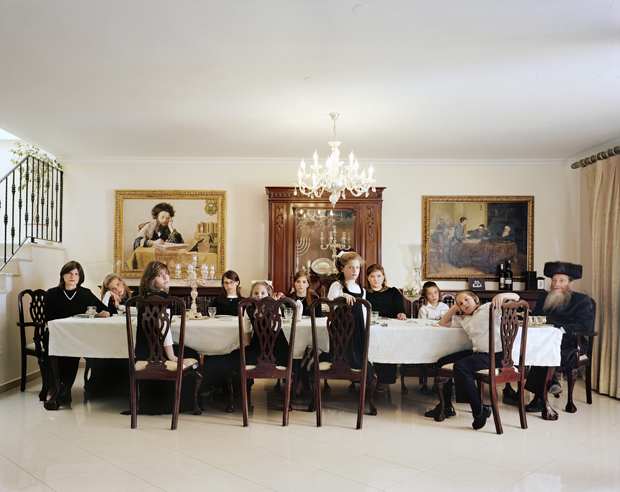12 Photographers Turn Their Lens on Israel in ‘This Place’ – Feature Shoot
For a land so deeply entrenched with history and conflict, Israel is not an easy subject to approach in a photography project, especially from a single standpoint. Born out of an idea by Frédéric Brenner, a French photographer who has long explored Jewish
via Feature Shoot: http://www.featureshoot.com/2016/02/a-new-collaboration-sees-twelve-photographers-turn-their-lens-on-israel/
‘This Place’ is the title given to the internationally touring exhibition that presents the work of twelve artists who were commissioned to research and work in Israel and the West Bank, created primarily between 2009 and 2012 by Frédéric Brenner, Wendy Ewald, Martin Kollar, Josef Koudelka, Jungjin Lee, Gilles Peress, Fazal Sheikh, Stephen Shore, Rosalind Fox Solomon, Thomas Struth, Jeff Wall and Nick Waplington. Together, they act as a heterogeneous narrative of a conflicted, paradoxical and deeply resonant place.



